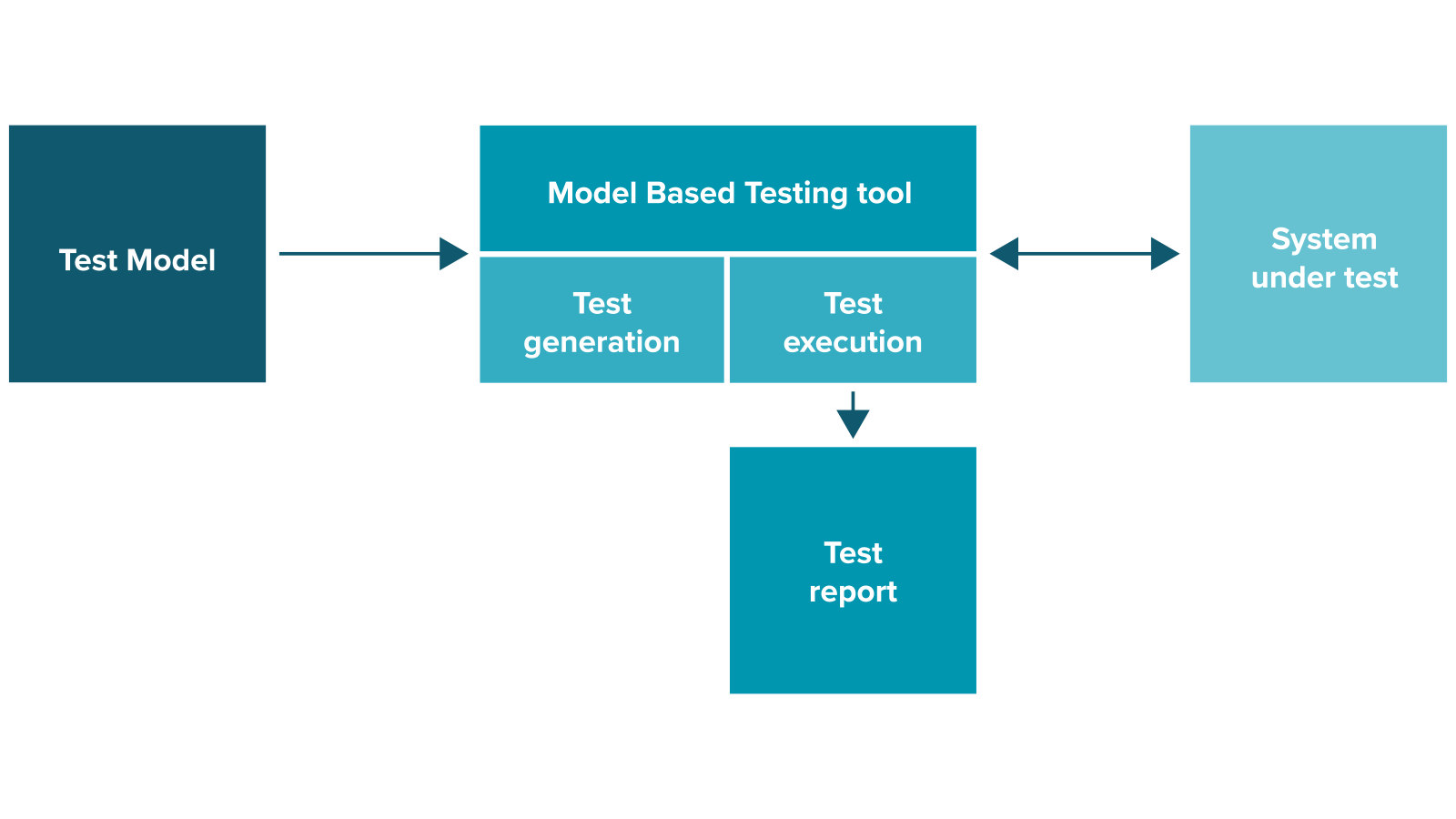
Insight
Faster and better testing with Model-Based Testing, however be careful when you select your test cases
- 25 March 2021
- 10 minutes
Improve Whitepaper
Click here to download the white paper for more information on this topic
21265 Improve Whitepaper
It was seen as a must-have. The method could be implemented with relative ease and required only limited investment. Then a range of disillusions followed. It turned out to be more complex than anticipated and the costs often outweighed the benefits. This was the reason for most organisations to stop using MBT. Which is a shame, as experience proves that MBT can definitely contribute to productivity when used in the right situations. What are these situations? And what are important factors to take into account when you are considering applying MBT?
MBT is a type of test automation. As with Model Driven Engineering, MBT uses a model as its foundation. This model serves two purposes
- It facilitates communications with stakeholders, because a model is far easier to comprehend than code.
- The tool automatically generates the test scripts from the model and executes them. This means that you do not need to write test scripts yourself.
When using MBT you design a model based on the prerequisites you impose on a test. These prerequisites are related to issues such as:
- Which component are we testing exactly?
- What are the risks that we want to remove or reduce?

The benefits of MBT can be observed at three levels:
- Reduction of time and cost involved
- Quality improvement
- Improved communications
